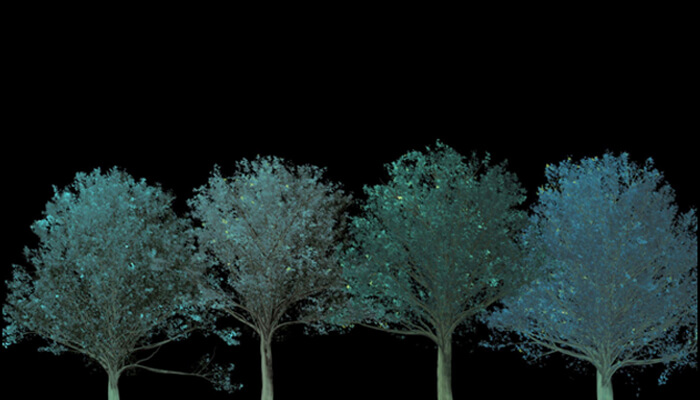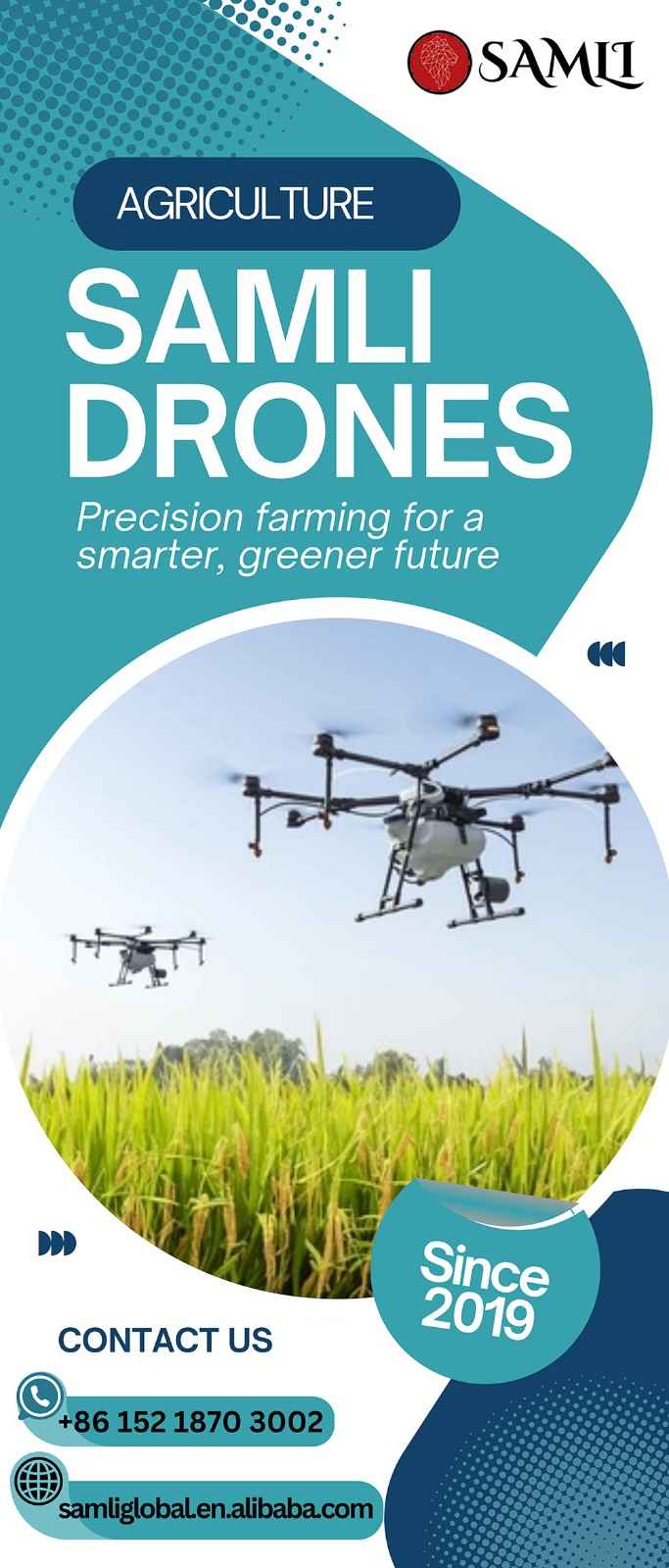What can surprise a modern man? A delivery robot, a television set that can be rolled up into a roll, and virtual travel to other planets. However, great minds do not plan to stop. What ten years ago was considered something from the world of fiction today is reality. In this text, we have collected several technological inventions from the past.
You may be inspired to create something equally incredible after reading it or watching the Bollywood game Andar Bahar.
Drinking filter-tube
No one is surprised to hear about drinking water problems in Third World countries. But an invention designed to solve the problem is impressive. The LifeStraw is a portable tube-shaped water filter. The manufacturer claims that the four-stage filter inside the device kills 99.9% of bacteria and 98.7% of viruses. What happens is this: the first two stages purify water from mechanical impurities. Then, during the third stage, viruses and pathogenic bacteria are destroyed. And finally, in the last, fourth stage, water passes through a charcoal filter, which eliminates all extraneous water odours.
Thanks to a unique cleaning system, pathogens such as cholera, typhoid, salmonella, and others cannot enter the body. The creators declare that with LifeStraw, even puddled water becomes water for drinking. The battery charge is enough to filter 700 liters of water.
The Swiss company Vestergaard Frandsen, which produced the LifeStraw, is counting on cooperation with charity organizations to supply the device to Third World countries for free.
Sweat-powered smartwatches
The modern world is already familiar with smartwatches powered by solar energy or human body heat. However, scientists from Scotland created a smartwatch powered by sweat. The accessory works thanks to a polyester-cellulose fabric with a high absorbent property. The material is covered with a thin layer of polymer that guarantees flexibility, high conductivity, and environmental friendliness. The moment the fabric absorbs the sweat of the wearer, positive and negative ions create contact with the surface of the polymer. As a result, an electrochemical reaction takes place, which generates energy.
1. Volunteers in the study had to run with a 2 × 2 cm power cell fixed to their bodies.
2. Thanks to the sweat produced during the activity, the participants could generate ten milliwatts of energy, enough to turn on several LEDs.
3. Only 20 microliters of liquid are enough to run the watch. Researchers say the invention aims primarily to get rid of conventional batteries and save the environment.
Energy-saving bricks
Researchers from Washington University presented to the world with bricks, capable of accumulating energy and acting as batteries. They make these bricks by heating them with acid vapors. First, the mists begin to dissolve hematite, the mineral responsible for the color of the brick. It is followed by other substances reacting with the remaining hematite.
The bricks turn out to be brownish-blue, pierced with a network of tiny conductive fibers. To make the finished material unaffected by water, it is coated with epoxy resin. All that remains is to charge the bricks with a renewable energy source. Studies show that, on a practical level, a 4 × 3 × 1 cm brick can light a small light bulb. Nevertheless, right now, the performance of such batteries is only 1% of that of lithium-ion batteries; however, scientists promise to increase it to 10% shortly. A house built of such bricks is quite capable of heating itself.
T-shirt for heart rhythm monitoring
For people who, for health reasons, have to monitor the work of their heart constantly and for those who carefully monitor their health, scientists have created a unique cardio T-shirt. A clever fabric called “cardio skin” integrated into the piece of clothing can monitor heart activity and detect pathological changes. The cardio skin is a system of 15 wires embedded in the fabric and connected to a module that records the ECG signal.
The resulting data goes into an app on a smartphone and can be transmitted in real time to the treating physician to assess the patient’s condition. Whenever a person feels unwell, they can record that moment, thus helping the doctor match the symptoms to the information received from the sensors. It is essential in situations where long-term monitoring of the heart is necessary. The T-shirt is designed for 35 items of washing, after which it must be replaced with a new one. The manufacturers hope that their development will help reduce the risk of severe heart disease.
Bioluminescent trees
Bioluminescence is the ability of living organisms to glow on their own or using symbionts. American specialists have long been trying to create trees that emit bright light. They hope such plants will save a lot of electricity and become an excellent substitute for street lamps on city streets.
The smart ones have already managed to get close enough to their goal. Back in 2017, they managed to make watercress leaves glow. But the light from them was too dim. And in 2021, they had already created a plant that shone so long and brightly that you could read a book for an hour under the light it emitted.
What about the trees? The trees are injected with a mixture of luciferase and strontium aluminate to make them glow brightly. After being injected, the trees need only be exposed to an LED lamp for 10 minutes to charge. This charge is enough for a few hours of “work”. The bioluminescent trees will soon be set aglow by the lit streets.
A device for recording dreams
Surprisingly, it’s hard to believe, but it will be possible to revisit your dreams, like your favorite movies, very soon. We’ve been familiar with the device that will make this possible for a long time. It’s an MRI machine, only supplemented with a new programme.
An upgraded MRI machine shows a person several pixel pictures, and the brain’s reactions to them are recorded. Furthermore, a unique program then detects a pattern corresponding to specific images. The program shows letters to the subject and determines the brain’s reaction to each one.
Subsequently, the person looks at a word of these letters, and the program offers exactly what they see. Furthermore, the findings indicate that the same neural environment represents the visual content of the phrase during wakefulness.This implies that if one can reproduce what one sees while awake, one can also see what one sees in a dream. Thus far, the image of sleep could be more transparent than we would like it to be. But by 2025, scientists promise to surprise the world with their invention.




